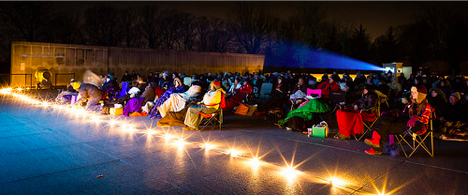By Lauren McNee as part of Liquid Music's Artists in Virtual Residence Series
It is incredibly difficult to capture all that goes into creating projects like the ones Liquid Music strives to produce each season. Through our virtual residency initiative we saw a unique opportunity to bring the behind-the-scene to the front-of-the-scene, making the production of a project just as integral as the score or performance. There is artistry throughout - artistry that we know LM audiences will understand and appreciate. So with that, we are launching of a series of mini-docs featuring our artists in virtual residence, Poliça and s t a r g a z e. Over the course of the season, videographer Nate Matson (of Spaces) will capture the creative process leading up to the performance in the fall of 2016 (copresented with The Current), including virtual and live rehearsals, collaborative exchanges, and all the moments in between.
Watch Part I below to see Poliça move into a new physical and musical space, performance clips of each ensemble, and hear Channy Leaneagh's thoughts on the collaboration. Stay tuned for Part II for an inside look into André de Ridder's visit to MSP.






